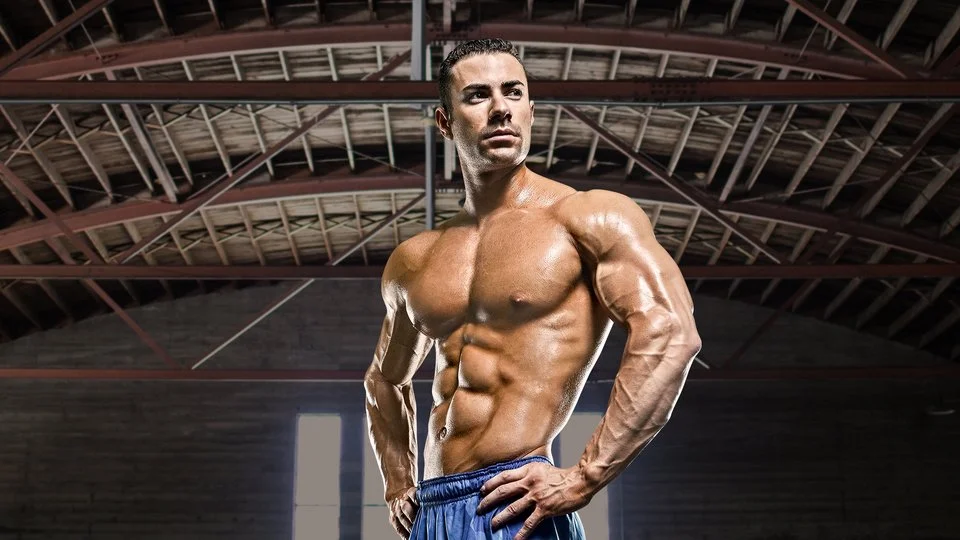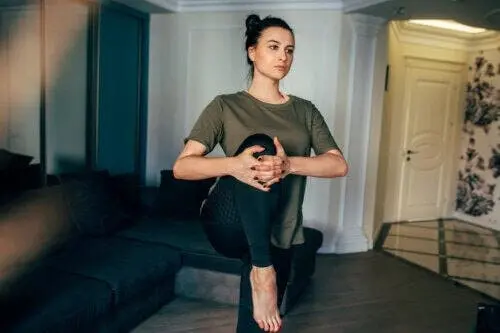A stretching routine is a very important part of training and should be done before and after to avoid injury and muscle pain.
Stretching is a very important part of physical activity. Although many people ignore this, performing a complete stretching routine may or may not determine the success of sports training.
A complete stretching routine should not be performed only after exercise, but also before. The reasons are simple:
- Stretching before exercise prepares the body to avoid injury.
- Stretching after exercise prevents muscle pain.
Today we will see how to do a complete stretching routine. Furthermore, we will give you some suggestions that will allow you to realize it is the best way according to your personal needs.
Complete stretching routine
Lower part stretch
The lower body includes the buttocks and legs. It is very important to stretch this part of the body correctly, as many athletes suffer from calf pain or cramps, which is not pleasant at all.
Read Also: Warm-up exercises to do at home
There are many types of lower body stretches, but you need to focus on those that affect the muscles you are training or have already trained. For example, if we do not train the buttocks, it is better to do only the stretch for the legs.
Below we present the different types of lower body stretches that are essential for a complete stretching routine. Some have variations, in fact, they can be done standing or sitting.
- Heel to the buttocks: while standing, we bring the heel towards the buttock by stretching the quadriceps. We can perform this exercise leaning against a wall if we have difficulty maintaining balance.
- Seated Stretch: Sitting with your legs stretched out, try touching your toes. This way you work on the hamstrings. This exercise can also be done while standing.
- Seated Adductors: Sitting with your back straight, we put the soles of the feet together. We can help with the elbows to push the knees down and give more strength to the stretch.
- Standing buttocks: we grab the leg below the knee and lift it trying to touch the chest. We stay straight and it is the knee that goes towards the chest, not the other way around. It can also be performed lying down with your eyes facing upwards.
- Standing Psoas: Take a big step forward and bend the back leg. With this stretch, we work on the psoas-iliac muscle.
Top stretch
The upper body consists of the trunk, arms, and head. It is important to iron these areas correctly. In the case of the neck and head, we must be very careful not to get hurt.
Read Also: 10 Amazing Benefits Of Red Wine You Didn’t Know About
Read Also: Training the oblique abdominals: 6 exercises
As in the previous case, we will look at some exercises for an upper-body stretching routine. To be complete, this must be done together with the lower part.
- Arms pointing up: we stretch the arms upwards as much as possible. We interlace the fingers of the hands and bring the arms to the left and, later, to the right, accompanying the body.
- Arms forward: we interlace our hands and stretch our arms forward as much as possible. We can bend the back to give more depth to the stretch.
- Arms back: we do the same thing, but with the arms back. We try to stretch them as much as possible without hurting ourselves. With this exercise, we work on the shoulders and biceps.
- Shoulder stretch forward: we cross one arm in front of the chest and with the other apply pressure on the elbow. We can stretch or bend the crossed arm.
- Triceps stretch: we stretch one arm up and bend the elbow. With the opposite hand, we press the elbow. We don’t have to bring our heads forward.
- Neck: we will perform three different exercises. We will draw circles with the head, we will bring the ears towards the shoulders, we will bend the head forward until it touches the chin and then back.
This complete stretching routine should be done before and after physical activity. There are many more exercises and variations, but we consider these to be enough to get you started. Do you already do it?

















